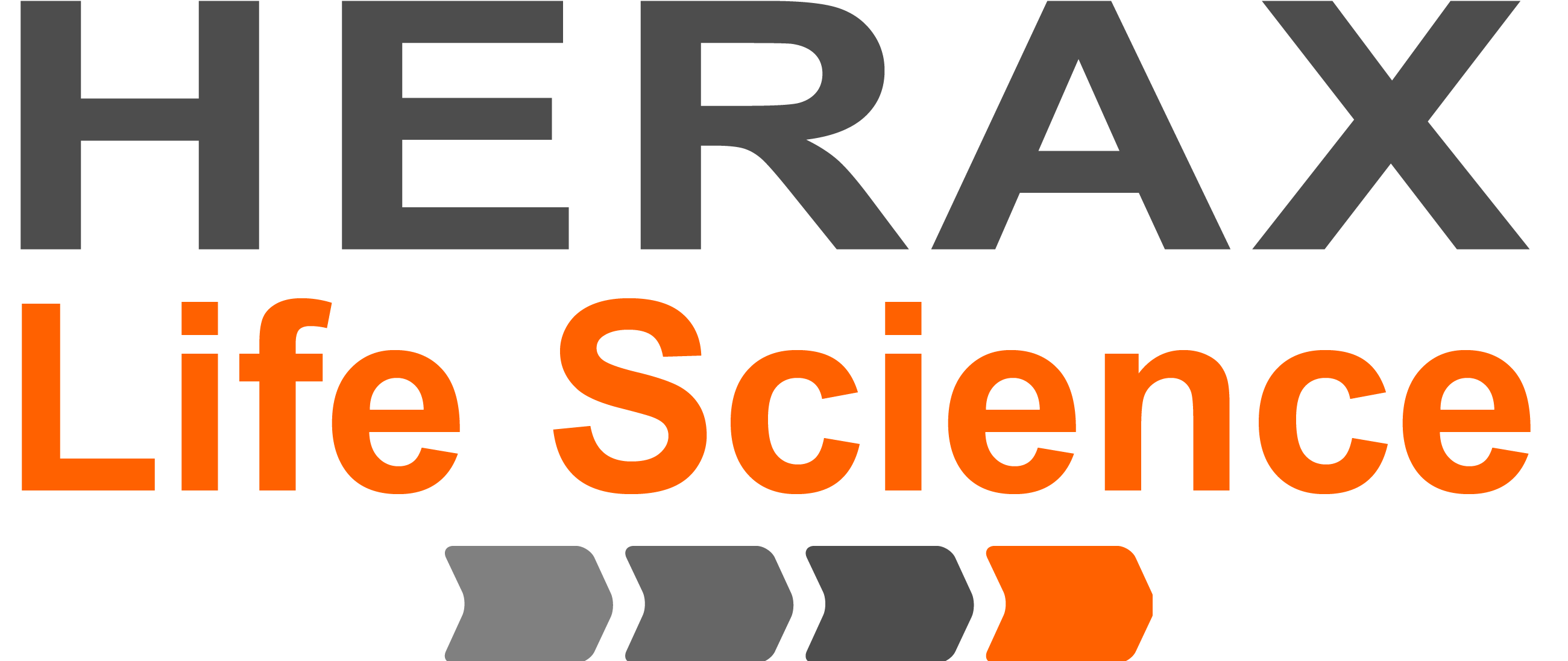Digital Transformation & Data Visualization in the Pharmaceutical Industry
by Christian Maagaard
 Overview
Overview
The pharmaceutical industry is facing a multitude of challenges of which a large part of the issues can be solved with efficient utilization of data. In contrast, a lack of clear strategic focus and appropriate use of data, decision-making becomes fragmented, leading to missed opportunities and an inability to prioritize critical initiatives. Collaboration and teamwork suffer as silos form, hindering effective communication, coordination, and prioritization. Consequently, a lack of alignment on organizational strategies and goals can diminish employee engagement and motivation, impacting productivity. Ultimately, this can negatively affect deliveries and discoveries.
To overcome these challenges, pharmaceutical companies must establish clear and shared corporate strategies for the utilization of big data that promote strategic focus, cross-functional collaboration, and organizational alignment. This is where data visualization tools become relevant. They can play a key role in conveying complex information in a comprehensible manner.
 Benefits of Big Data Utilization
Benefits of Big Data Utilization
Pharmaceutical companies deal with vast amounts of data, from clinical trials to patient records. Utilizing data and data visualization tools is crucial for several reasons. For instance, data visualization can help in making sense of complex information, allowing e.g., researchers to identify patterns, trends, and potential correlations that may not be immediately apparent in their drug-discovery research.
Consequently, by analyzing data effectively, pharmaceutical companies can for instance optimize their research processes, identify potential drug candidates more efficiently, and streamline clinical trials. This ability to gain insights, make informed decisions based on data visualization, and create alignment across teams, will increase organizational unification. It will improve organizational efficiency and ultimately enable breakthrough discoveries.
 Considerations
Considerations
Everyone can import a few data sets to Excel or Power BI and mockup a few visualizations, but do they make sense to everyone else but you? In your visualization endeavors, it is important to consider various use cases, what information you are trying to convey as well as who will be receiving and interacting with this information through your visualizations.
Additionally, the amount ofdatathat is now available in pharmaceutical companies for visualization and utilization has grown to an unfathomable amount. Thus, pharmaceutical companies are urged to tap into this vast source of information and utilize data visualization software to create interactive dashboards, reports, and visualizations. If you carefully consider your use cases and target audience, you will end up with a remarkably powerful tool that enables a comprehensive, real-time view of operations, allowing stakeholders to identify trends, anomalies, and critical insights.
 Selecting Use Cases
Selecting Use Cases
As mentioned, prior to setting up your dashboards, you need to carefully consider your data. Also, consider how you want to visualize it and what you want to communicate with these visualizations. We have gathered a few examples below that hopefully can help you get an idea of how to tailor your visualizations to your specific needs:
Pattern Recognition: Advanced data visualization tools in combination with machine learning algorithms can be used for predictive analytics and assist researchers with identifying patterns and trends in data that may not be immediately apparent in raw numbers or text.
Molecular Structures and Interactions: Data visualization tools can represent molecular structures, biological interactions, and chemical properties in a visual format. This makes it easier for researchers to understand the relationships between different elements.
Informed Decision-Making: Data visualization provides a visual context for decision-making, as stakeholders can quickly assess the impact of different variables, experimental conditions, or drug candidates. This aids in making informed decisions about which topics to explore further in i.e. a drug development process.
Interdisciplinary Collaboration: Data visualization serves as a common language that bridges these disciplines. It also helps to facilitate collaboration and communication among team members with different expertise areas. This makes it easier for interdisciplinary teams to communicate and collaborate effectively.
 Where do I start?
Where do I start?
If you want to ensure a successful setup and utilization of data visualization tools within your pharmaceutical organization, we can assist with initiating your data visualization journey.
